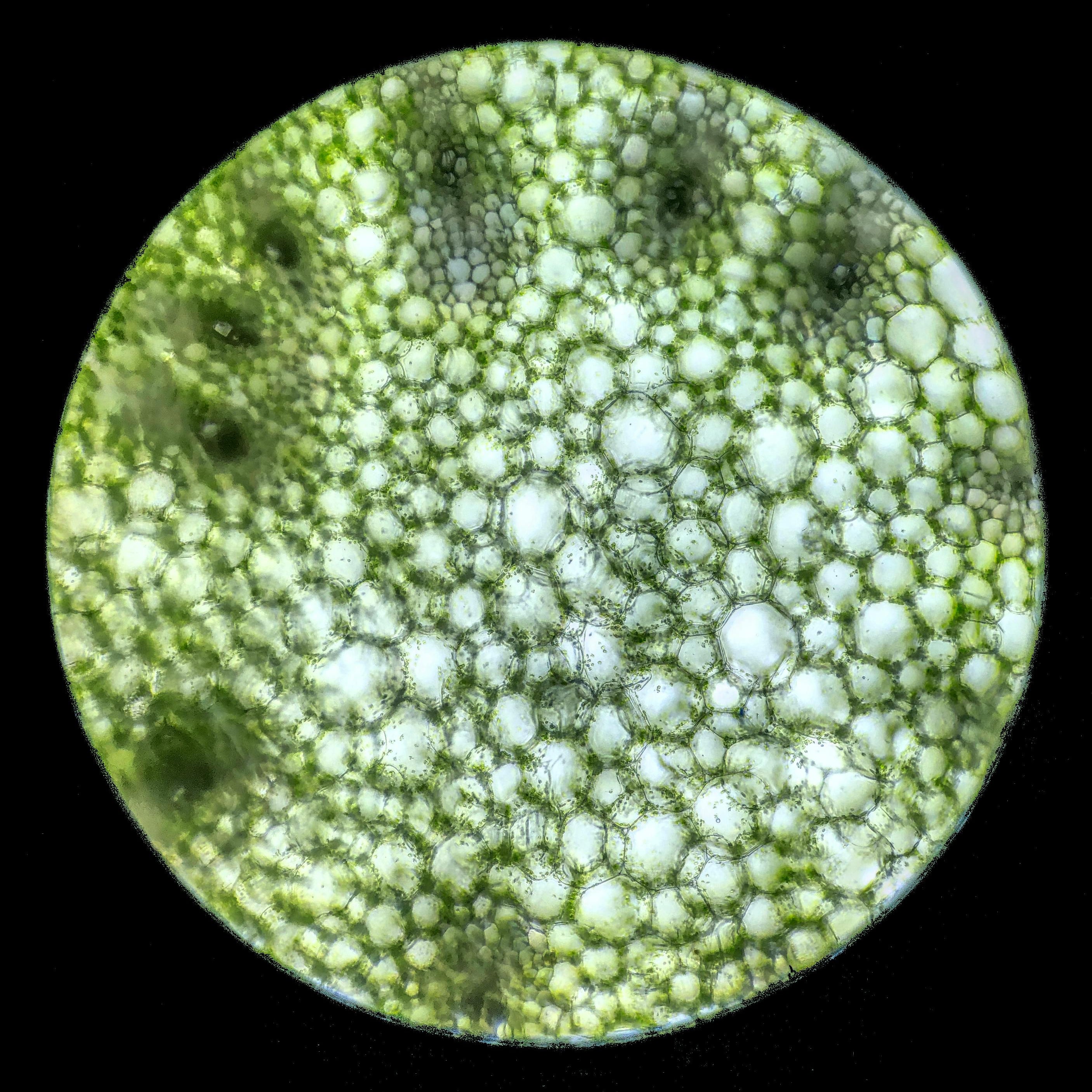With a social drug like cannabis, you may wonder whether it affects biological sex differently. The short answer is yes, but it took a shockingly long time for scientists to reach that conclusion. For decades, the bulk of drug research was conducted on cis males. This alarming trend was reversed five years ago when the National Institute of Health (the largest science granting agency in the world) mandated that those assigned female at birth be studied too.
For too long, we only understood drug effects through a cisgendered male lens, negating the important differences between masculinized and feminized brains and the interaction between drug targets and sex hormones. Cannabis research is no exception. It’s just beginning to emerge from this Dark Age and scientists are revealing critical biological sex differences in cannabis’ slew of effects.
A series of recently published studies have found that male and female bodies respond differently to cannabis, which can be attributed to the interaction between sex hormones and THC’s effects on the endocannabinoid system. After the smoke has settled, people assigned female at birth bear more sensitivity to many of THC’s effects, and estrogen is likely to blame.
Estrogen levels are highest in cisgender women, giving them heightened sensitivity to THC, for better or worse. While women experience better pain-relieving benefits of cannabis, they’re more likely to report adverse effects like dizziness, sleepiness, and anxiety. Women are also more likely to report stronger cannabis withdrawal effects, and for similar reasons, are faster to develop a cannabis use disorder. How can estrogen affect your high (and low!) in such profound ways?
Researchers have found that estrogen interacts with the cannabinoid (CB) receptors in our body; a set of pathways designed to dampen pain, stimulate appetite, regulate mood, and improve cognitive processing. THC activates these receptors indiscriminately, triggering a cascade of downstream signaling processes in our brain. THC is normally a weak activator of these CB receptors, but estrogen can amplify its effects. So why are THC’s effects stronger when estrogen levels are high?
Estrogen Affects the Number of CB Receptors
One reason for this phenomenon is because estrogen influences how many CB receptors are present throughout the brain and body. The number of these CB receptors fluctuates across different brain regions, which may be why people experience various behavioral effects after consuming cannabis. For instance, CB receptors are prominently expressed in areas like the amygdala, which has widely been attributed to regulating our fear and “fight or flight” response, and the hippocampus, which is involved in learning and memory as well as dampening stress and anxiety.
Estrogen alters the number of the number of CB receptors in a brain region-specific manner, increasing them in regions like the amygdala and decreasing them in the hippocampus. Because the amygdala promotes feelings of anxiety and the hippocampus prevents it, this estrogen-driven divergent change in CB numbers likely cisgender women are more likely to experience anxiety when using THC-rich cannabis.
However, a major question is whether estrogen “programs” the brain’s CB receptor expression during early stages of brain development, or if this can be altered by the current amount of estrogen in one’s body. Scientists recently tackled this question by removing the ovaries from female rats and administering estrogen, similarly to what one might do with hormone replacement therapy. They found that the estrogen directly influenced the number of CB receptors were found in the amygdala and other brain regions.
These fluctuations are thought to underlie THC’s more prominent effects in females and increase risk for some of THC’s negative effects. Importantly, these findings inform us that THC’s sensitivity is dependent upon estrogen levels, not which gender you identify as.
Why does this matter for hormone replacement therapy?
In 2018, the Williams Institute reported that LGBTIQ people comprise up to 6.3 percent of the American population. As transgender rights expand, and more people begin to seek out estrogen for hormone replacement therapy, transgender individuals and others along the gender spectrum may need to consider the impact of hormones when it comes to trying to achieve the optimal cannabis experience.
The global trend toward legalization is attenuating the stigma around cannabis, but increased access necessitates that we become better predictors of cannabis’ effects. Cis-centered peer groups aren’t necessarily the best predictors of your cannabis experience. Whether you’re a person assigned female at birth with circulating estrogen, or someone on hormone replacement therapy, cannabis may affect you differently than, say, your cis male friend.
Fortunately, research is becoming less heteronormative and less male-centric, coinciding with a shift away from binary gender perspectives. Cannabis’ effects should be considered in the context of hormone levels, and not as a blanket difference between men and women. After all, hormones will always affect your high.






